Charleston Architecture
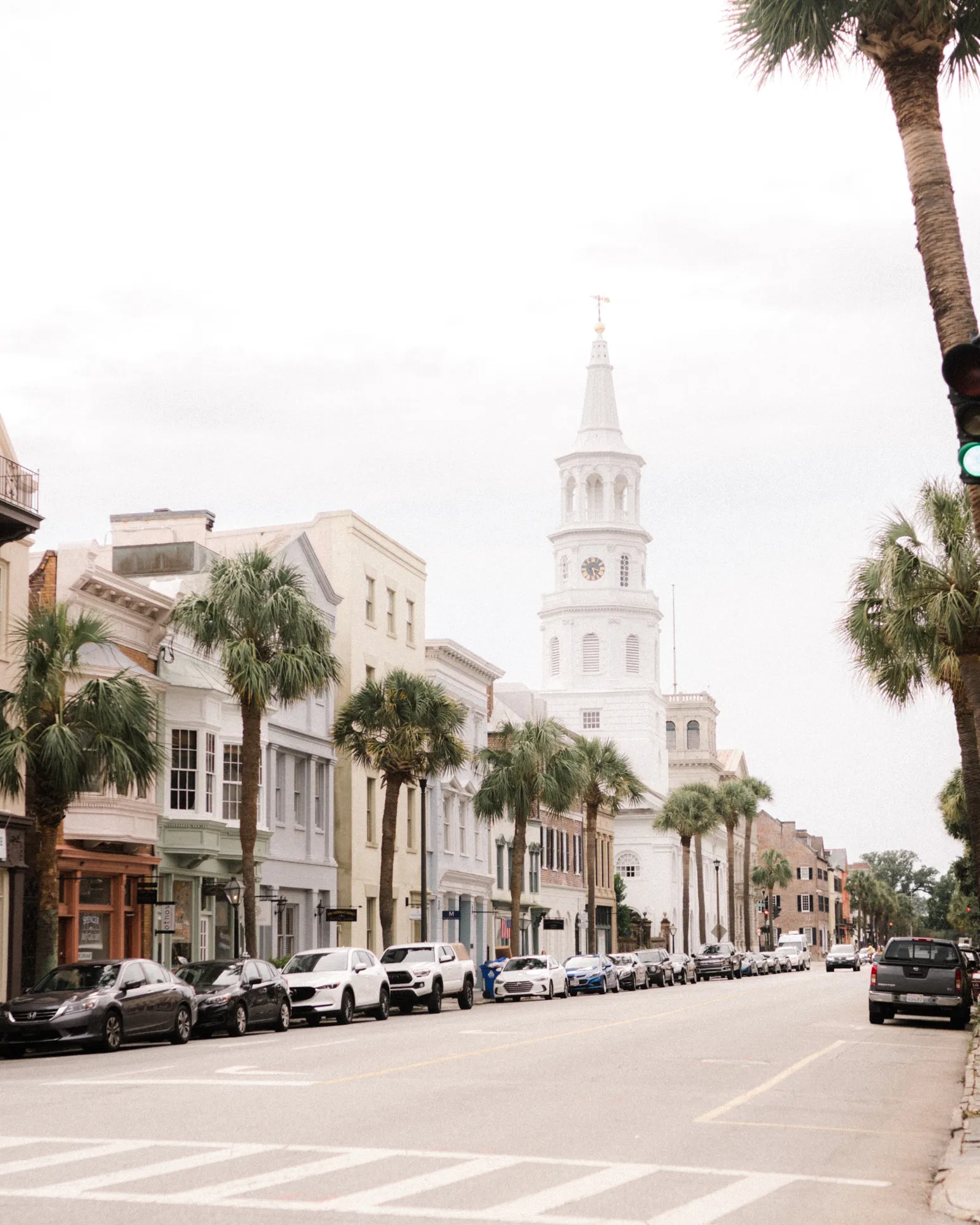
Charleston is one of the oldest cities in the U.S., and our historic structures are a great way to become intimately acquainted with its history.
Discover Charleston’s predominant architectural styles (there are over half a dozen!) and which buildings you can’t miss on your next trip to the Holy City.
Want to see Charleston architecture up close and personal? Book a private tour with one of our local Charleston tour guides.
Charleston Architectural Styles
Since Charleston was founded in the 1600s, it’s home to more than half a dozen different architectural styles. In Charleston, you’ll find famous structures, designed in at least eight architectural styles.
The most prominent architectural styles in the Holy City include Colonial, Georgian, Federal, Classic Revival, Gothic Revival, Italianate, Victorian, and Art Deco.
If you want to learn more about Charleston architecture, we recommend booking one of our private guided Charleston tours.
Colonial
Time Period: 1600s to 1700s
Colonial was the predominant style of architecture during the American Colonial period, starting in 1600 and continuing until the late 1700s. This architectural style was borrowed from countries that had settled the American colonies in that time period, including Spain, England, and France.
These buildings were simple in design and featured little decor (if any), symmetrical shapes, a centered exterior door, double sash windows, and steep, pitched roofs.
The Old Exchange Building is a great example of Colonial architecture and is featured in our historic Charleston walking tour.
Georgian
Time Period: 1714 to 1830
Like the Colonial style, Georgian architecture is very symmetric. Yet, these buildings borrowed from Greece and Rome more than they did from Western Europe.
You’ll find more decor and ornamentation on Georgian buildings than you would on Colonial-style structures. But this decoration doesn’t go overboard — and is sometimes absent altogether on some Georgian buildings.
Federal
Time Period: 1780 and 1830
Another restrained architectural style popular on the East Coast of the U.S. is Federal. These structures were simple boxes that were two rooms deep and featured no ornamentation or decor on their exteriors.
You’ll find Federal-style buildings in cities along the East Coast, such as Boston, New York, and Philadelphia.
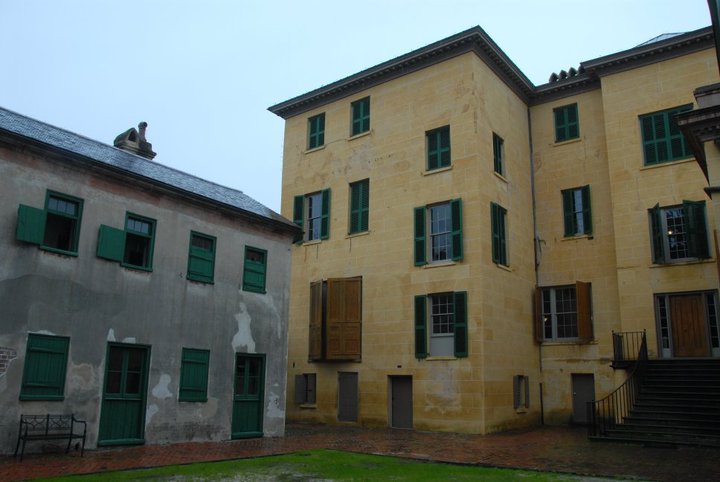
The Aiken-Rhett House
Classical Revival
Time Period: 1895 to 1950
By the late 1800s, Classical Revival had become popular in the U.S.
Classical Revival borrows from several different styles of architecture, including Greek Revival. They are often marked by large columns with Corinthian, Doric, or Ionic capitals.
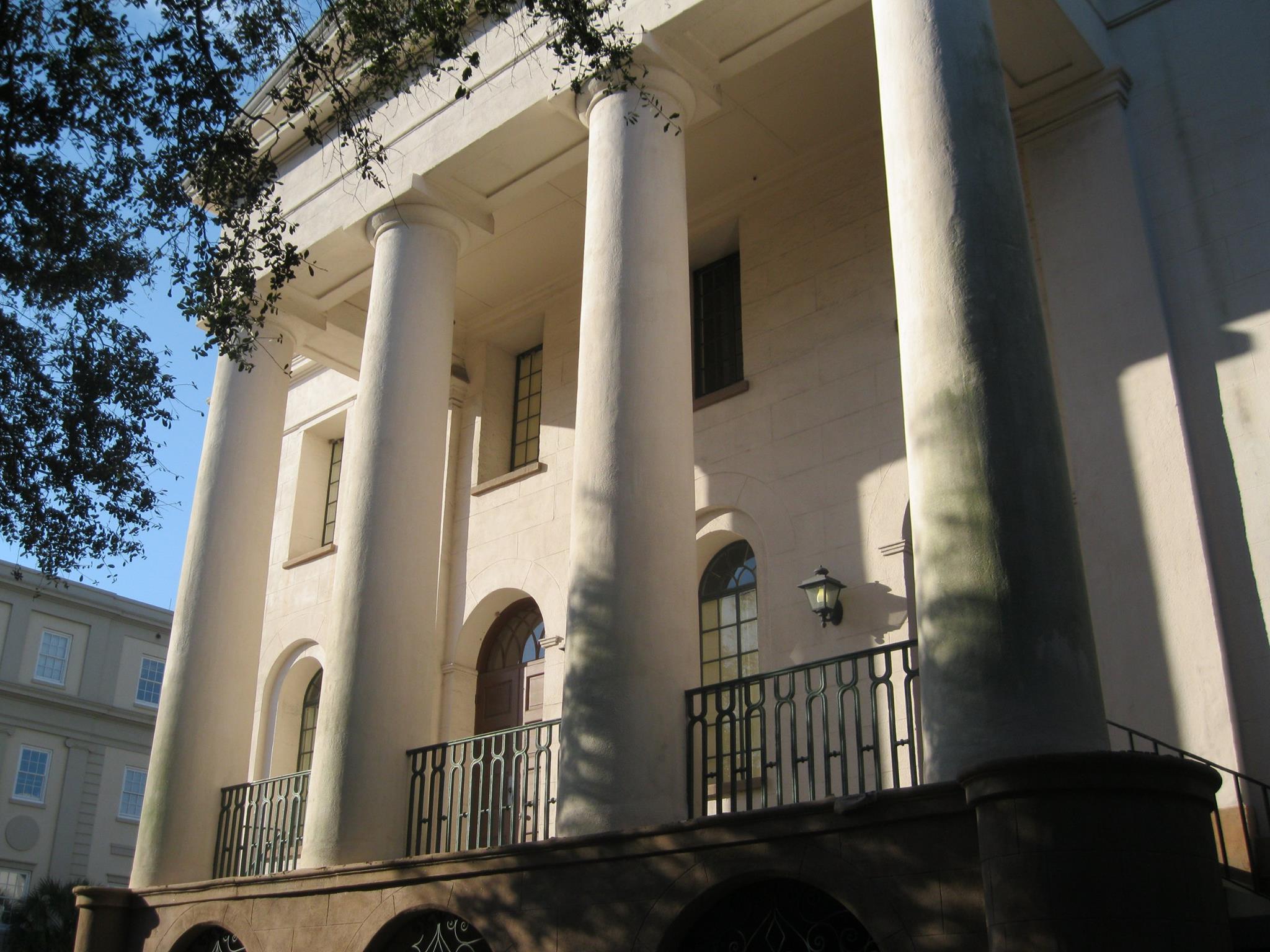
The Fireproof Building, now the South Carolina Historical Society
Gothic Revival
Time Period: Late 1740s to 1860
Gothic Revival structures utilize plenty of drama to create a statement. This architectural style is often used in churches.
Architectural details, such as steeply pitched roofs, decorative dormers, and wood trim are used to create gingerbread houses or ornamentation that looks like lace.
Famous Gothic Revival structures include Hurst Castle, Trinity Church, and Yale University.
In Charleston, the French Huguenot Church is a great example of Gothic Revival. Many of our Charleston city tours go past the French Huguenot Church if you want to learn more about this style of architecture.

The French Huguenot Church
Victorian
Time Period: 1837 to 1901
The Victorian style was named after Queen Victoria, who reigned England from 1837 to 1901. After the queen’s husband, Prince Albert, died in 1861, the queen wore mourning attire for the rest of her life, wearing black.
Since the Queen of England dictated the fashion styles for the rest of the West, dramatic black became fashionable in the U.S. And even the architecture followed suit.
Victorian-style architecture is marked by steeply pitched roofs, ornate gables, iron railings, rooftop finials, towers and turrets, and asymmetry.
To see some of the most ornate ironwork in the city, we recommend booking our Charleston Alleys and Hidden Passages Tour. On this tour, we’ll see iron gates designed by famous African American artist, Phillip Simmons.
Italianate
Time Period: 1840s to 1880s
Italianate architecture marries 16th-century Italian Renaissance architecture with Picturesque architecture. Popularized during the Victorian Period, it is another style that creates a lot of drama in its design.
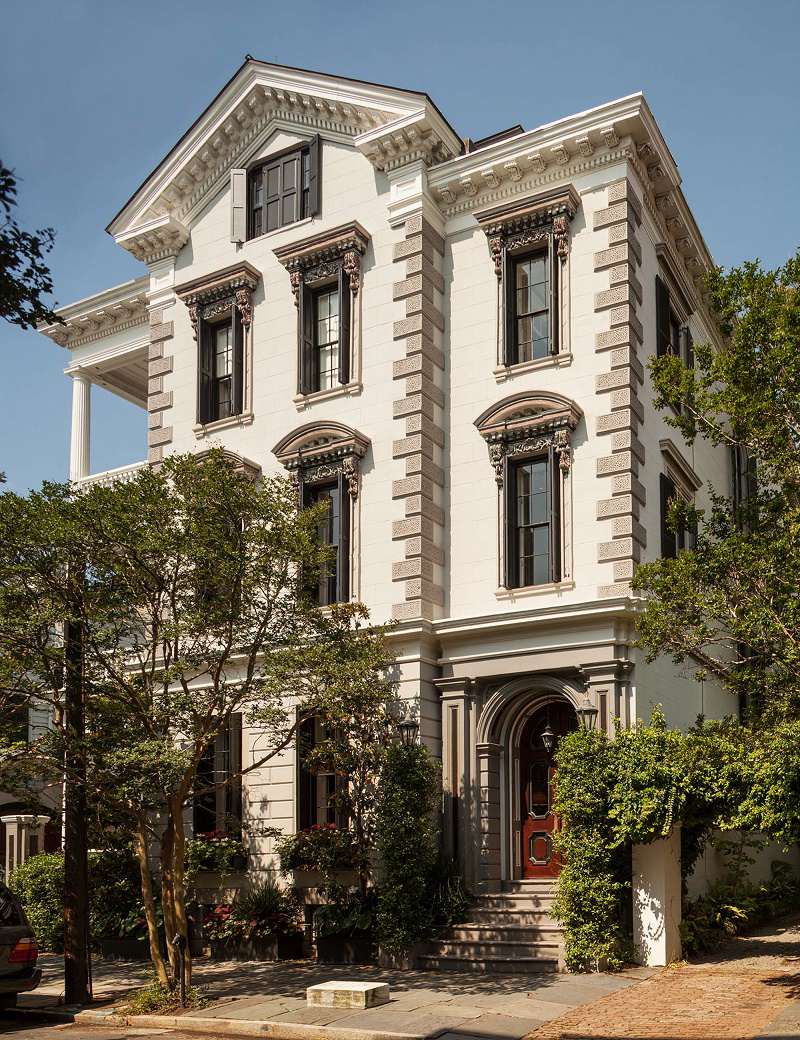
The Patrick O’Donnell House
Art Deco
Time Period: 1925 to 1940
Possibly one of the most widely recognized architectural styles, Art Deco, features sleek exteriors with stylized ornamentation.
Famous Art Deco structures include the Chrysler Building in NYC and the Griffith Observatory in LA.
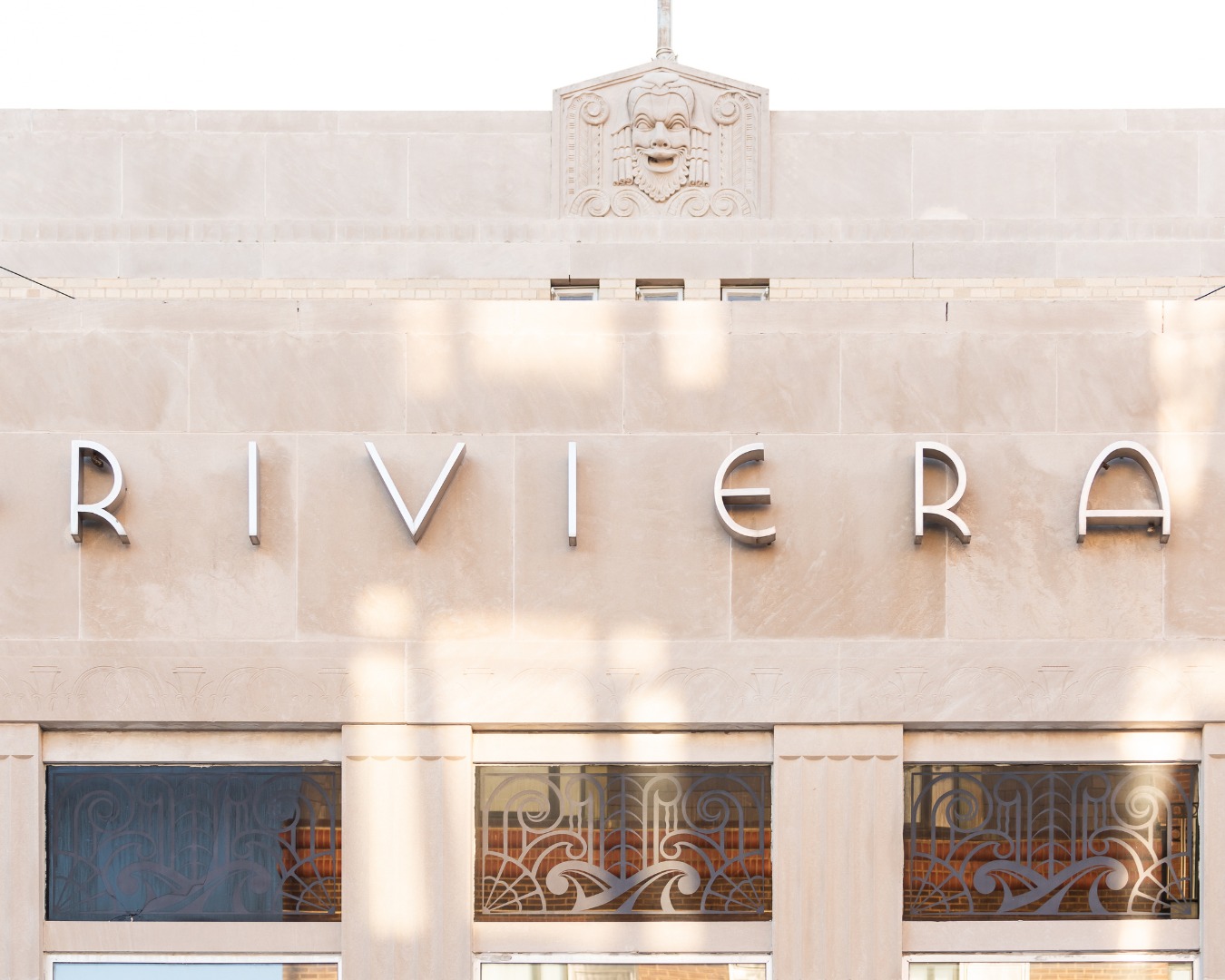
Riviera Theater
Famous Buildings in Charleston
Many of Charleston’s most iconic structures were erected in the 1700s, as this was a time of expansion for the city. Many of Charleston’s famous buildings were destroyed in the Civil War or the earthquake that devastated the city in 1886 and were reconstructed.
Old Exchange & Provost Dungeon
Architectural Style: Georgian
Year: 1767 to 1771
A Downtown Charleston landmark, the Old Exchange was originally built as a commercial exchange, but it has also served as a customs house, post office, city hall, and military headquarters. The Provost Dungeon was built for British soldiers but has also held American prisoners of war, private citizens, and enslaved African Americans.
It is currently owned by the South Carolina State Society of the Daughters of the American Revolution.

Heyward-Washington House
Architectural Style: Georgian
Year: 1771
The Heyward-Washington House was built by Thomas Heyward, Jr., a signer of the Declaration of Independence.
Today it is owned by the Charleston Museum, and visitors can tour its interior and grounds.
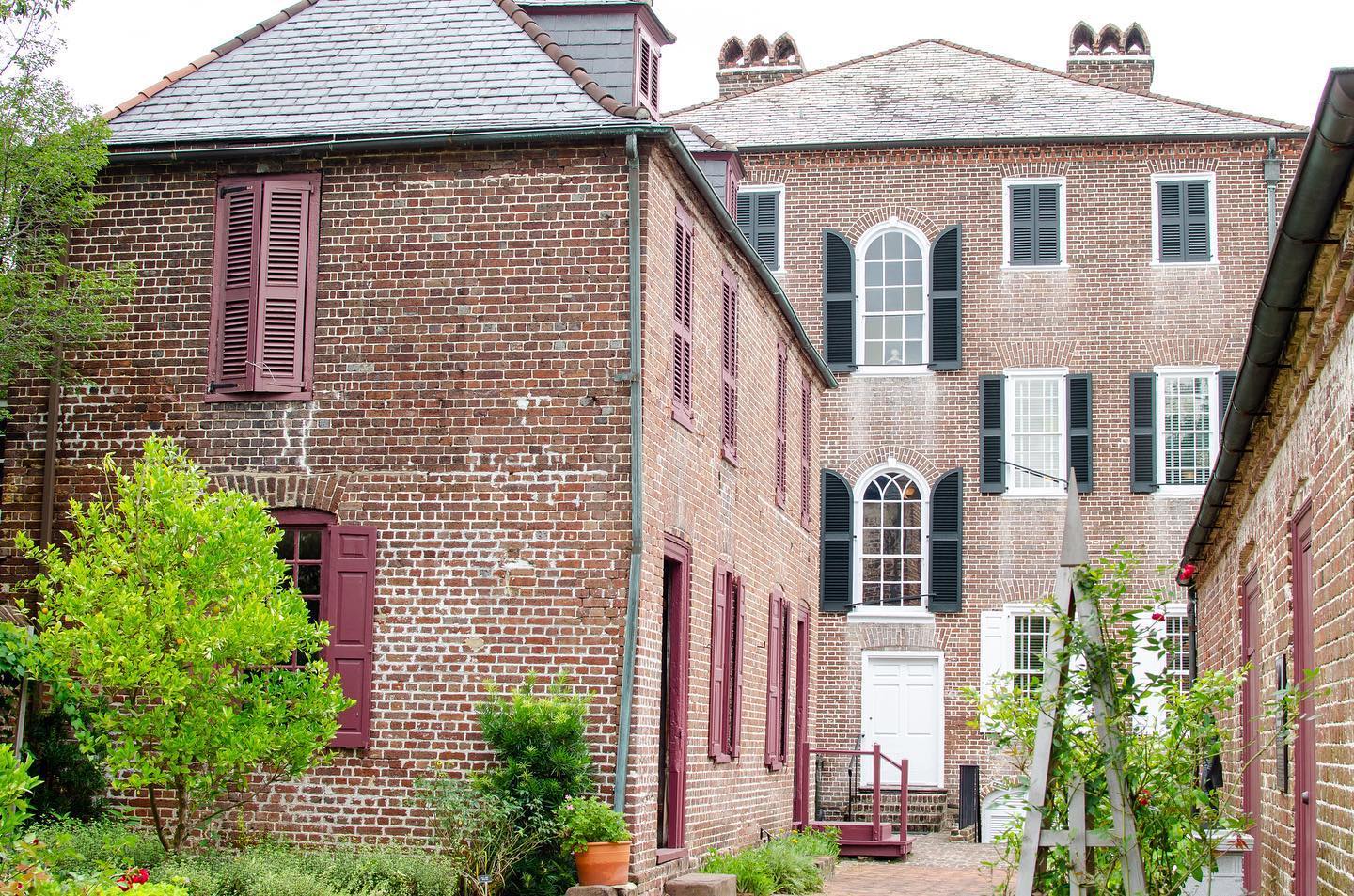
Wentworth Mansion
Architectural Style: Georgian
Year: 1771
Built by cotton merchant Francis Silas Rodgers, the Wentworth Mansion cost $200,000 (about $6 million today). It featured Tiffany stained-glass windows and a mansard roof and cupola.
Now the Wentworth is a luxury hotel, meaning you can explore the lobby (or its rooms if you book one for the night).

Boone Hall Plantation
Architectural Style: Colonial Revival
Year: 1743
Reconstructed: 1936
Possibly one of the most recognized plantations in the South (partially thanks to the movie The Notebook and other movies filmed in Charleston), Boone Hall is a great example of Colonial Revival.
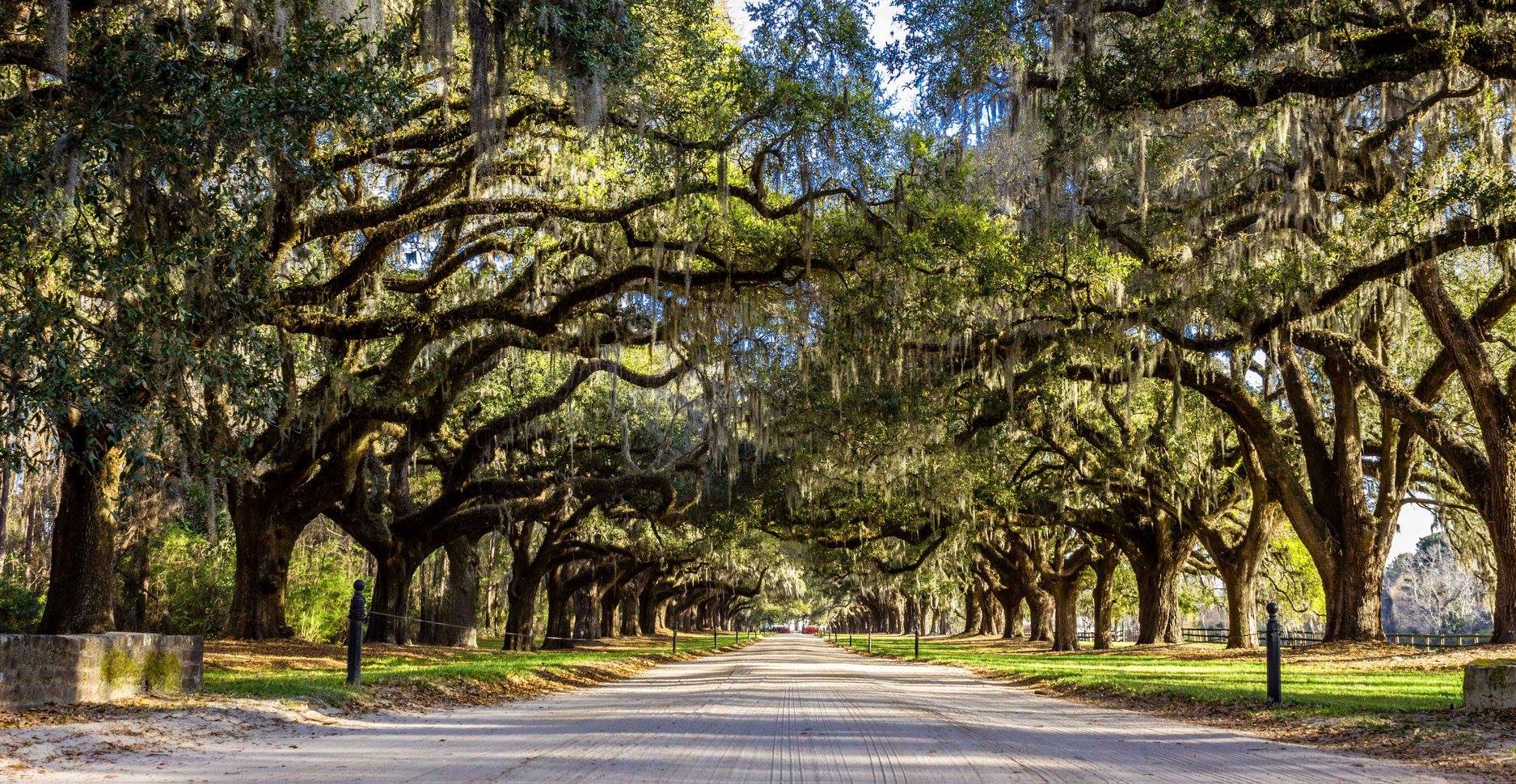
Historic Charleston City Market
Architectural Style: Greek Revival
Year: 1841
Designed by famed architect E. B. White, the Historic Charleston City Market is one of the most celebrated structures in the city. It’s a public market (and has been since its inception) where you can buy gifts, food, and more. It’s one of the best places to find souvenirs in Charleston!
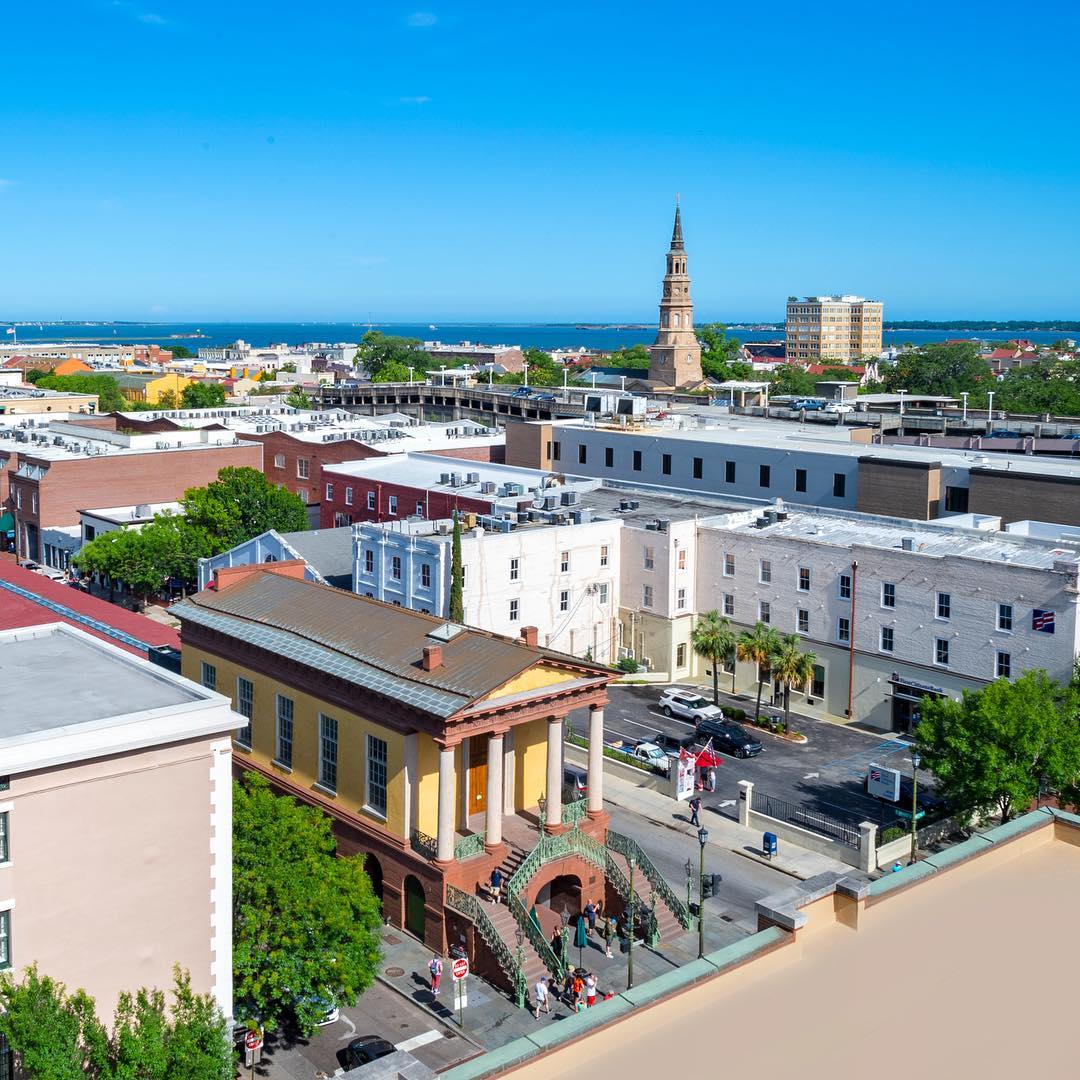
Rainbow Row
Architectural Style: Georgian
Year: 1930
These Georgian row houses weren’t always the gorgeous painted pastel Charleston homes they are today (Georgian architecture isn’t highly decorative, remember?). But Rainbow Row’s owners in the 1970s decided to give them a facelift and chose bright pink, green, blue, and yellow.

Riviera Theatre
Architectural Style: Art Deco
Year: 1939
The Riviera Theatre is a great example of Art Deco architecture in Charleston. Though it’s no longer a theater, this building’s facade has been preserved to be appreciated by generations to come.
